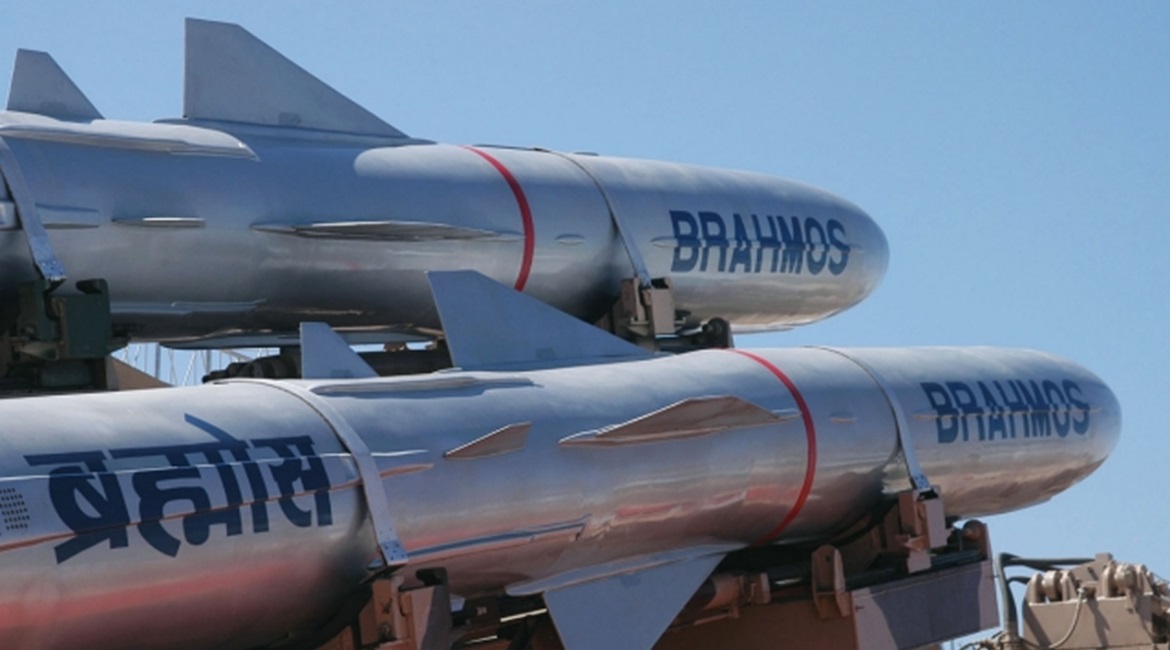
India’s Ministry of Defence (MoD) has approved the procurement of locally developed Next Generation Maritime Mobile Coastal Batteries (NGMMCBs) and software-defined radios (SDRs) for the Indian Navy (IN).
The MoD’s Defence Acquisition Council (DAC), which is headed by Defence Minister Rajnath Singh, announced on 8 August that an undisclosed number of NGMMCBs fitted with the BrahMos surface-to-surface supersonic cruise missile, would be deployed along India’s coastline, but did not elaborate on the precise location.
However, IN sources told Jane’s on 12 August that two NGMMCBs worth an estimated total of INR13.5 billion (USD189.9 million) would be based at INS Trata: the navy’s missile battery base in Mumbai responsible for defending a large swathe of India’s western coast.
The systems are scheduled for delivery within 24 months of the deal being signed with BrahMos Aerospace Private Limited: a joint venture between India’s Defence Research and Development Organisation (DRDO) and Russia’s NPO Mashinostroyenia (NPOM).
Each of the new coastal batteries is expected to comprise 6-8 Tatra launch vehicles, each of which would deploy up to six BrahMos missiles.
IN officials said the missiles would receive targeting inputs from coastal surveillance Scanter radars supplied by Terma of Denmark and built locally by private manufacturer Tata Nova. These radars are capable of simultaneously tracking multiple surface and aerial targets up to a 170 km range, providing about 98,000 km 2 of ‘situational awareness’, navy sources said.
Other than a reconnaissance vehicle, two vehicles with manportable surface-to-air missiles to provide short-range air-defence against aerial targets would accompany each battery.
The NGMMCBs are set to replace the Soviet-era P-15 Termit (SS-N-2 'Styx') medium-range anti-ship missile batteries that were inducted in the 1970s, senior IN officers said.

Looking to read the full article?
Gain unlimited access to Janes news and more...






